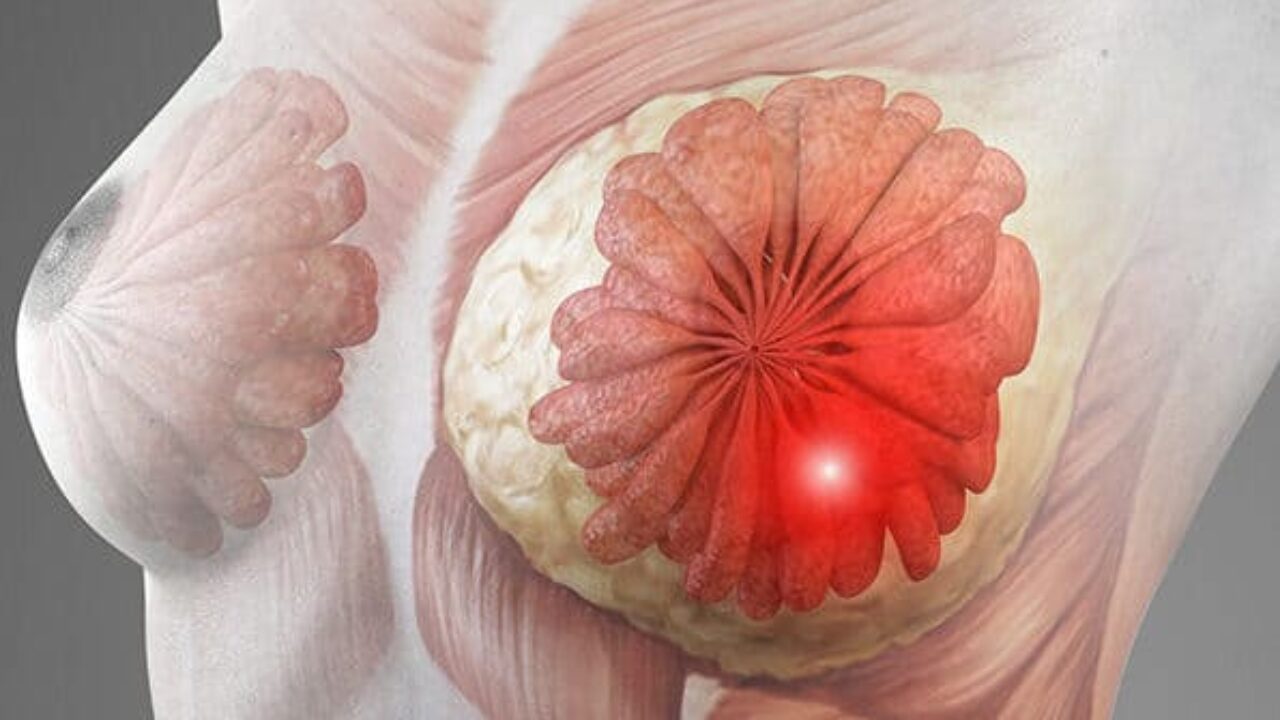04 February 2025 | Tuesday | News

Picture Courtesy | Public Domain
HR+/HER2- breast cancer is the most prevalent subtype of breast cancer, defined by cancer cells that possess hormone receptors for estrogen and/or progesterone but lack HER2 overexpression. This subtype generally has a favorable prognosis and is primarily managed with hormone therapy to inhibit hormone-driven tumor growth. According to DelveInsight's HR+/HER2- Breast Cancer Epidem-based Market Forecast Report, the total incident population of HR+/HER2- breast cancer across the 7MM was approximately 476K cases in 2023. The United States accounted for the largest share in the same year, accounting for ~208K cases. The patient population is expected to increase significantly by 2034.
The HR+/HER2- breast cancer treatment market includes established drugs like KISQALI (Novartis), PIQRAY (Novartis), and IBRANCE (Pfizer). Despite these options, the market remains highly dynamic, with major players such as Merck, Arvinas, Olema Pharmaceuticals, Celcuity, Roche, AstraZeneca, Daiichi Sankyo, Eli Lilly, Sermonix Pharmaceuticals, Genentech, Veru Pharma, DualityBio, BioNTech, Evgen Pharma, Carrick Therapeutics, EQRx, G1 Therapeutics, and Immutep driving innovation.
Promising emerging therapies include Lasofoxifene, Camizestrant, Capivasertib, ARV-471, OP1250, Gedatolisib, Giredestrant, Datopotamab Deruxtecan, Imlunestrant, Inavolisib, Enobosarm, DB-1303, SFX-01, Samuraciclib, Lerociclib, Eftilagimod Alpha, and more. These therapies are expected to enter the market during the launch period and are poised to either revolutionize the market or compete directly with the existing therapies, further intensifying innovation and treatment options in the HR+/HER2- breast cancer space.
© 2025 Biopharma Boardroom. All Rights Reserved.